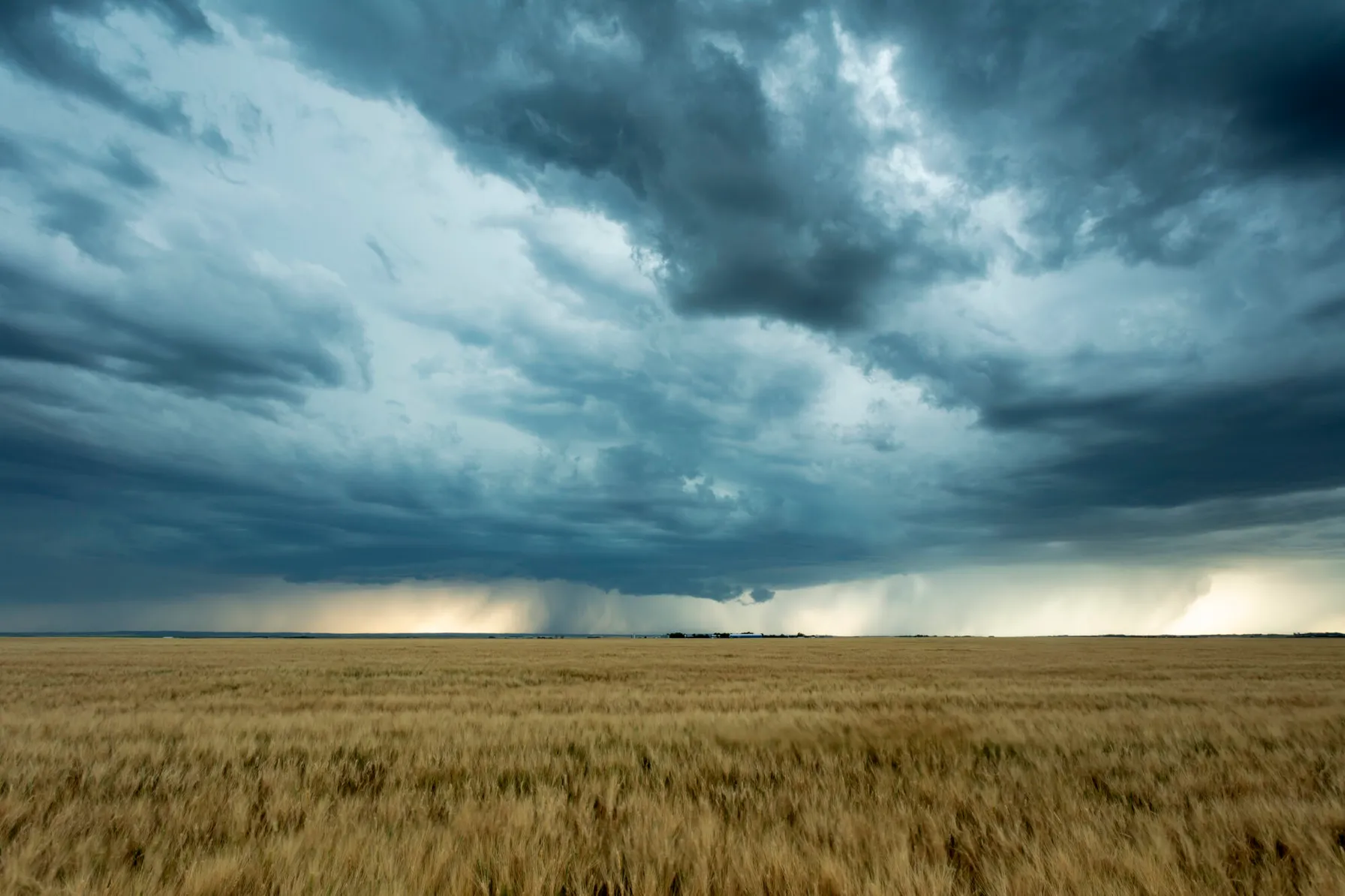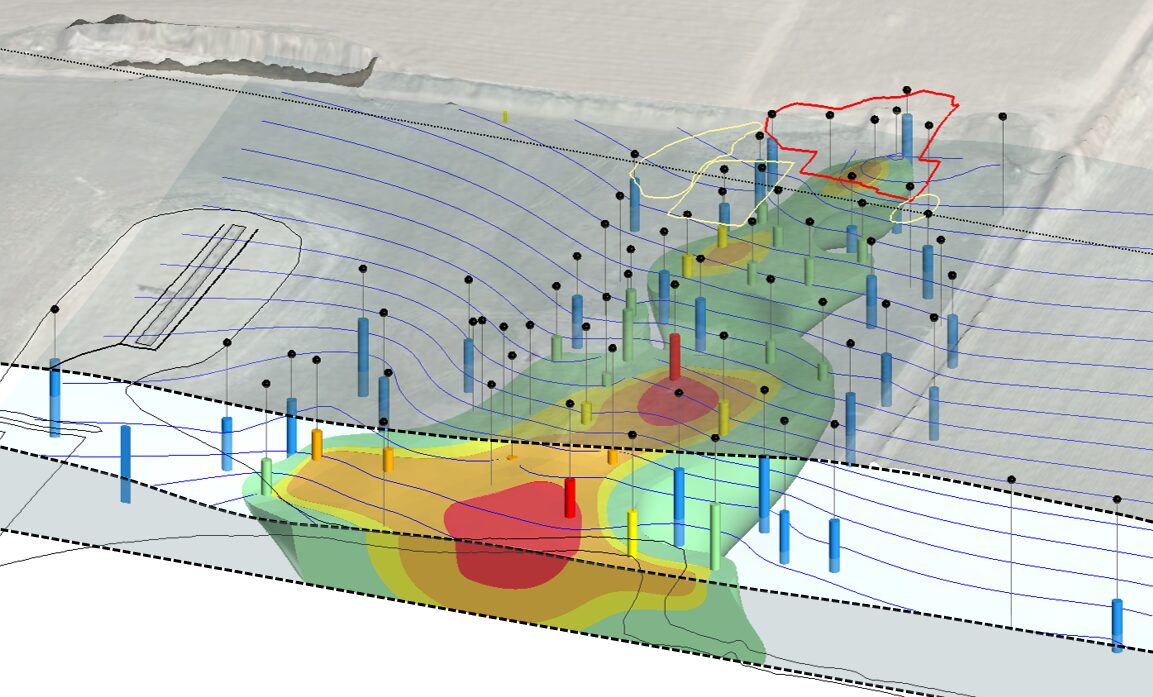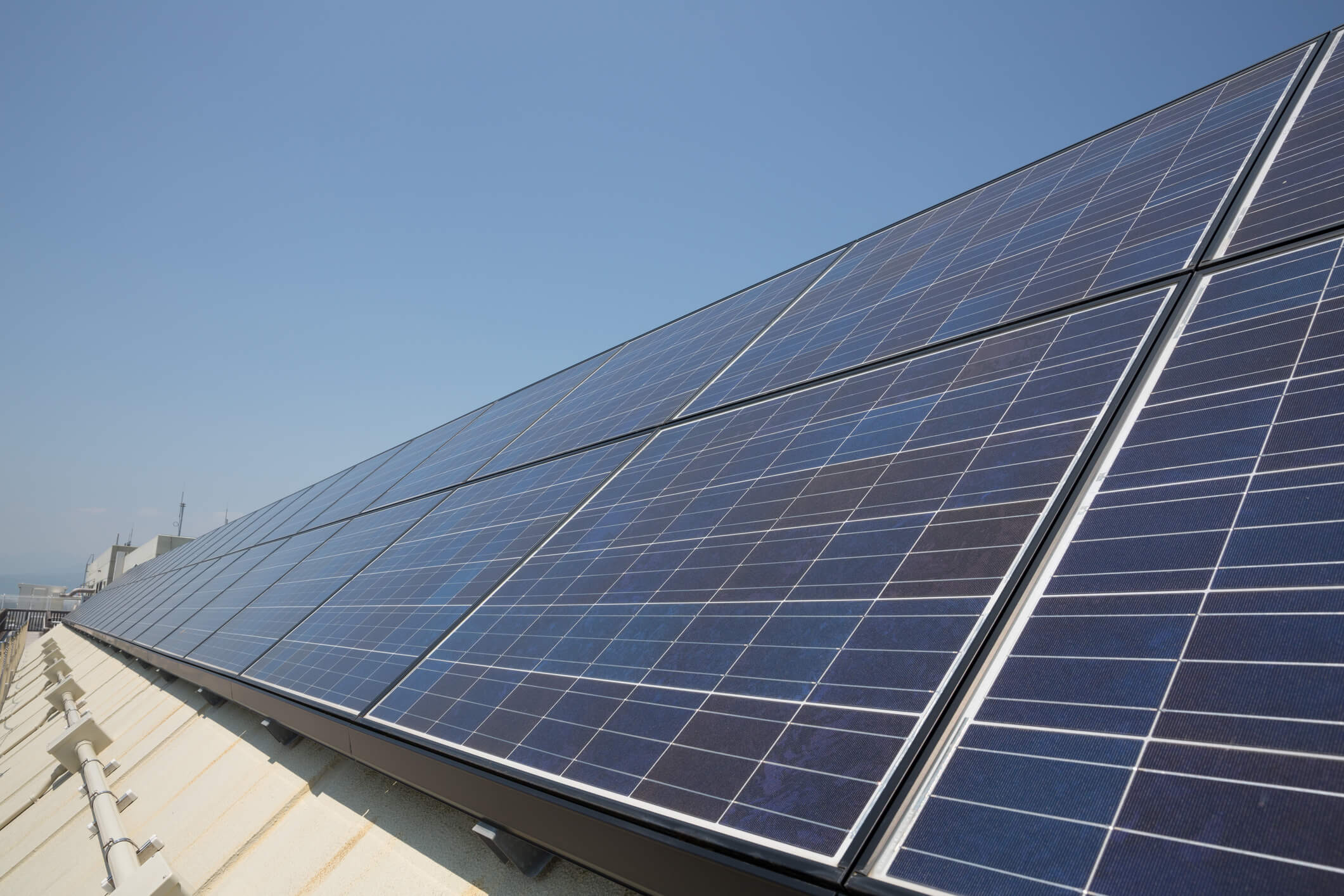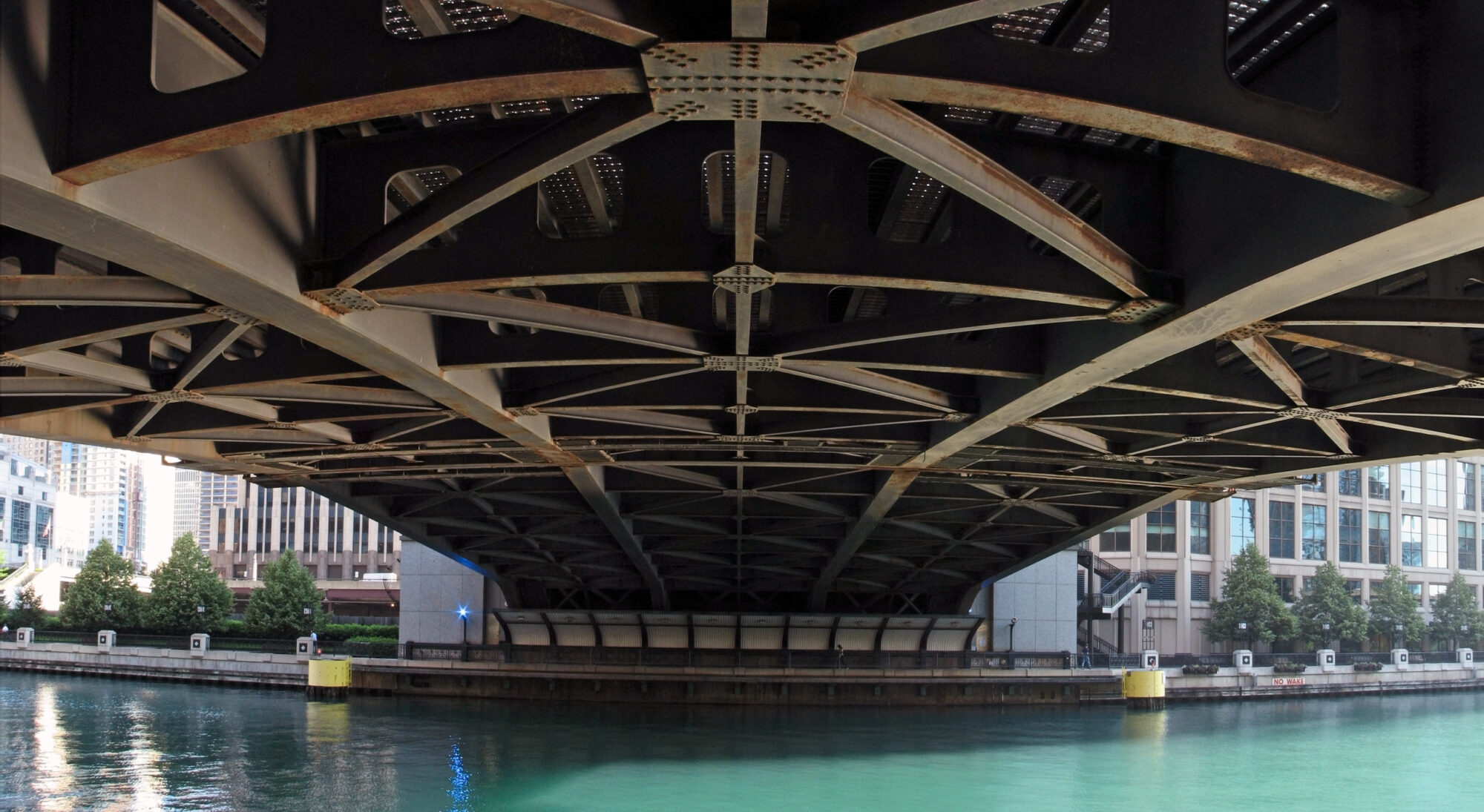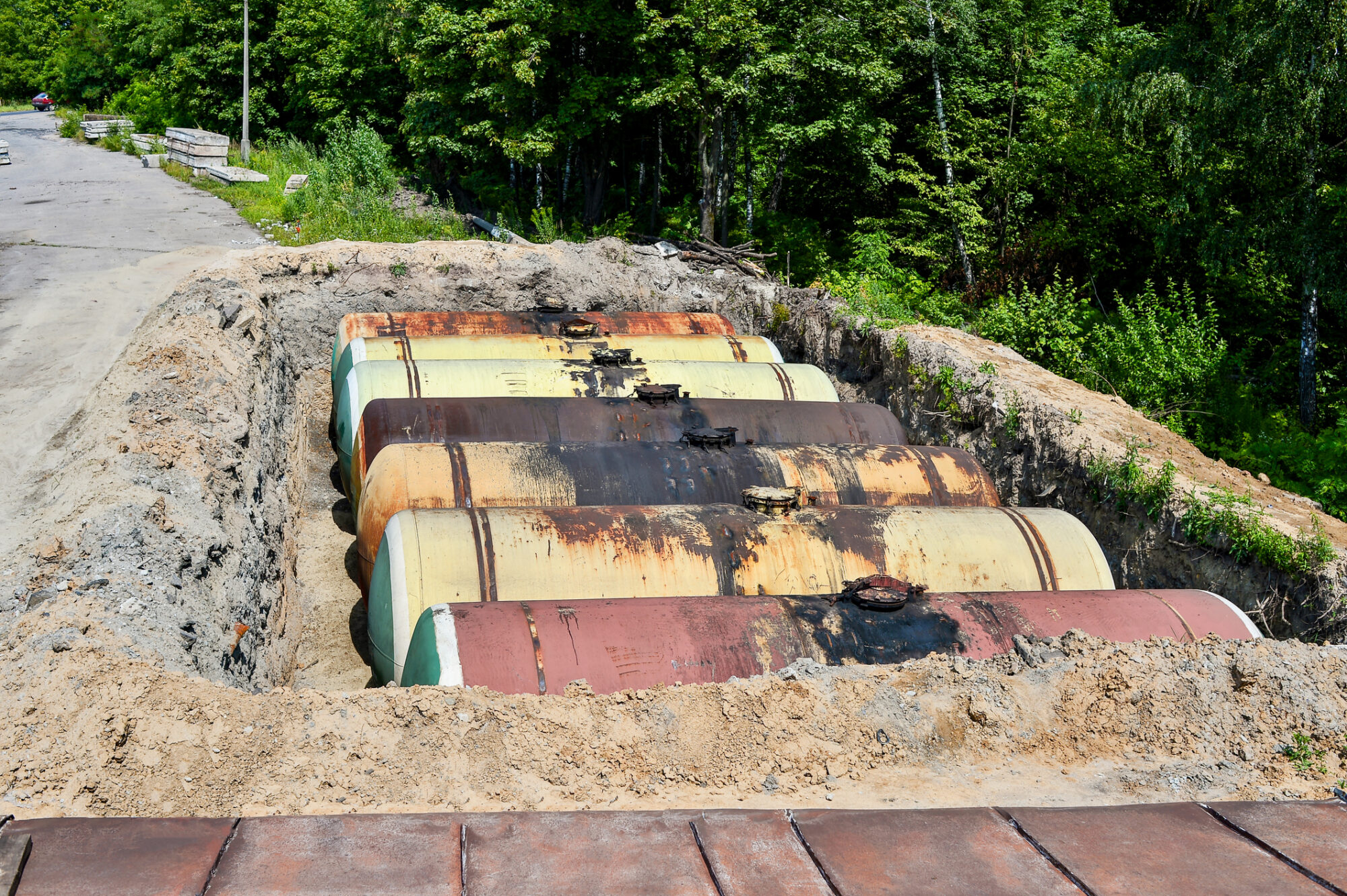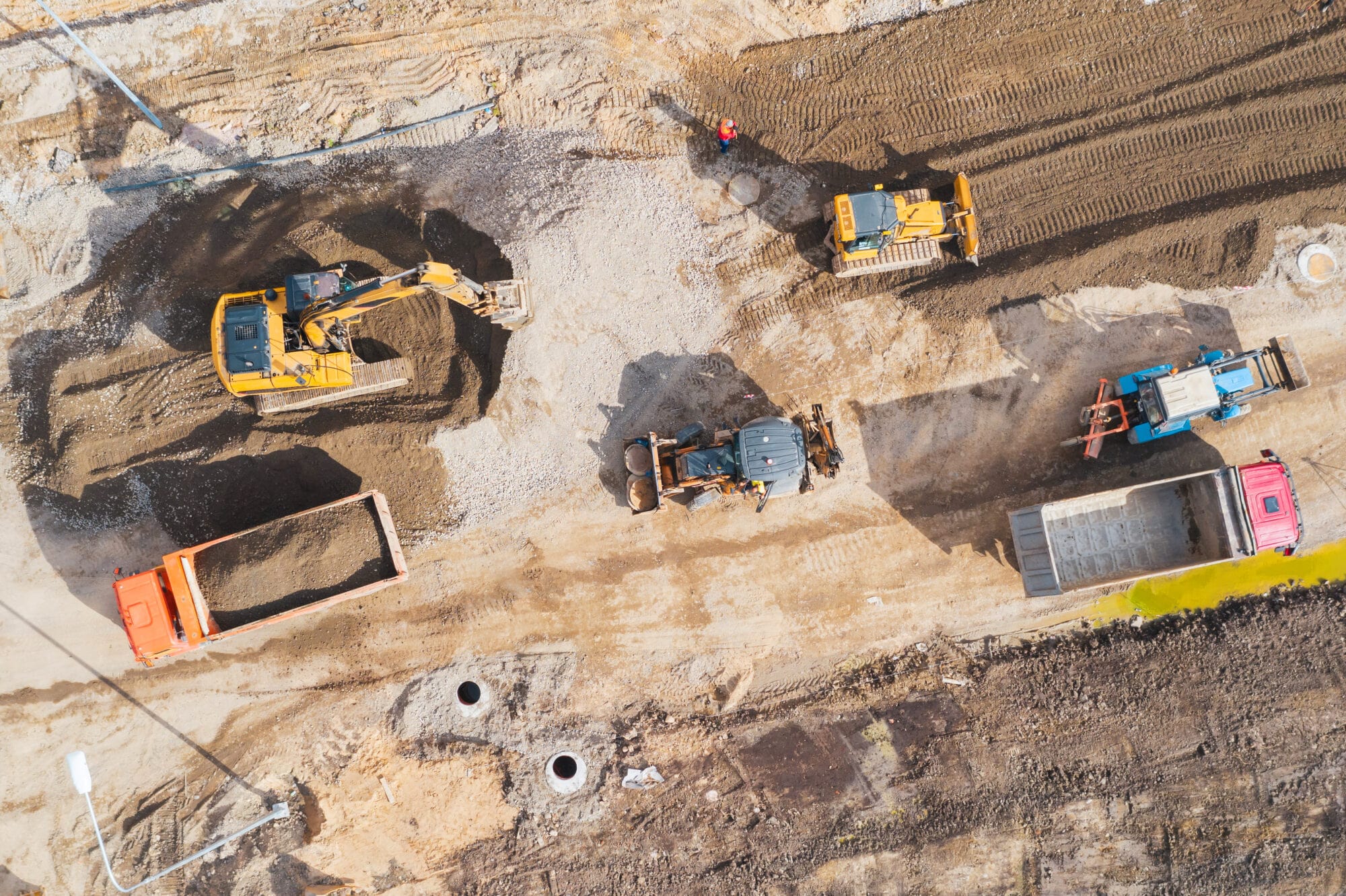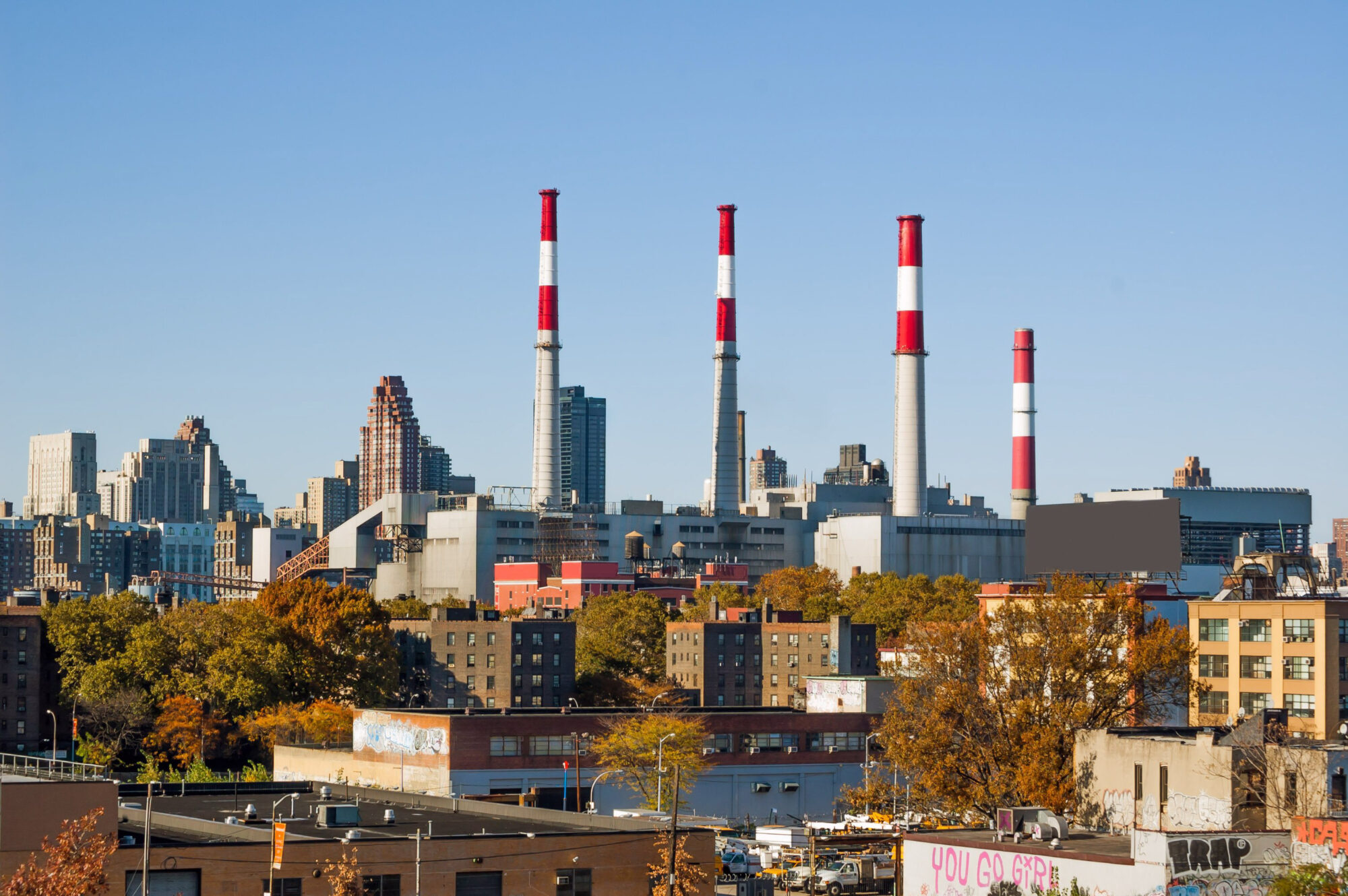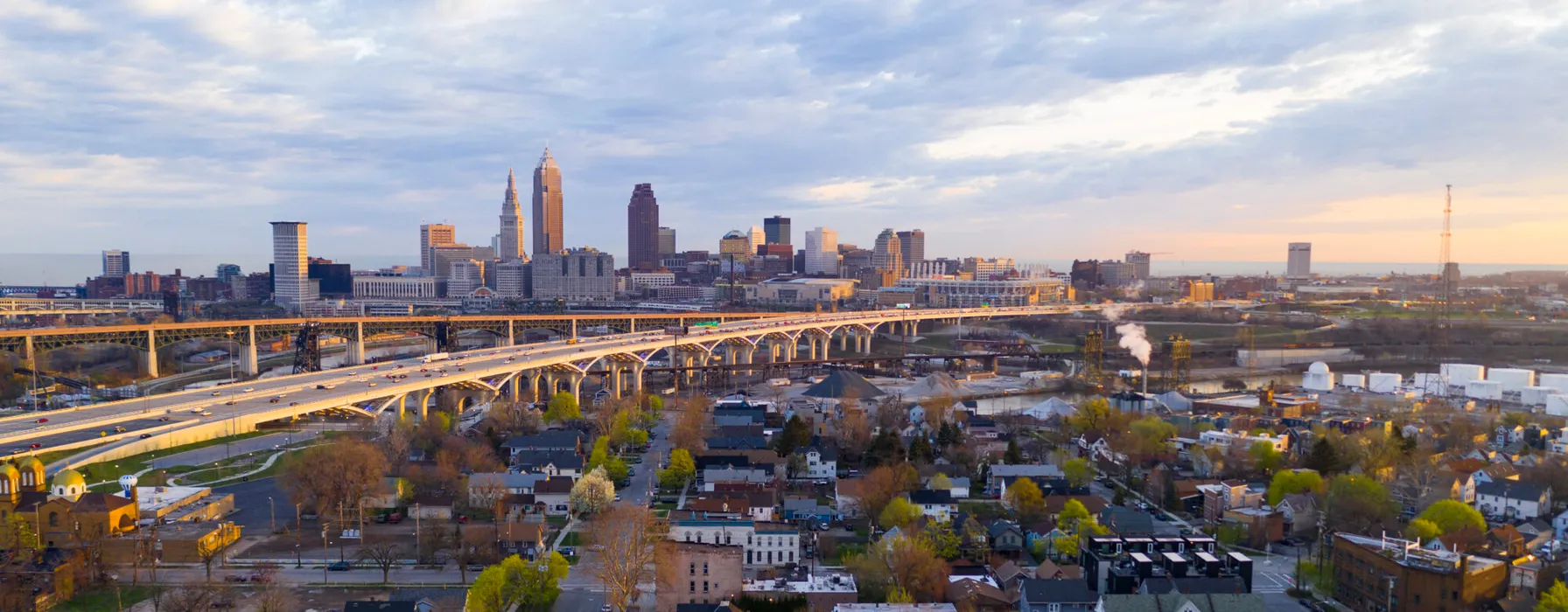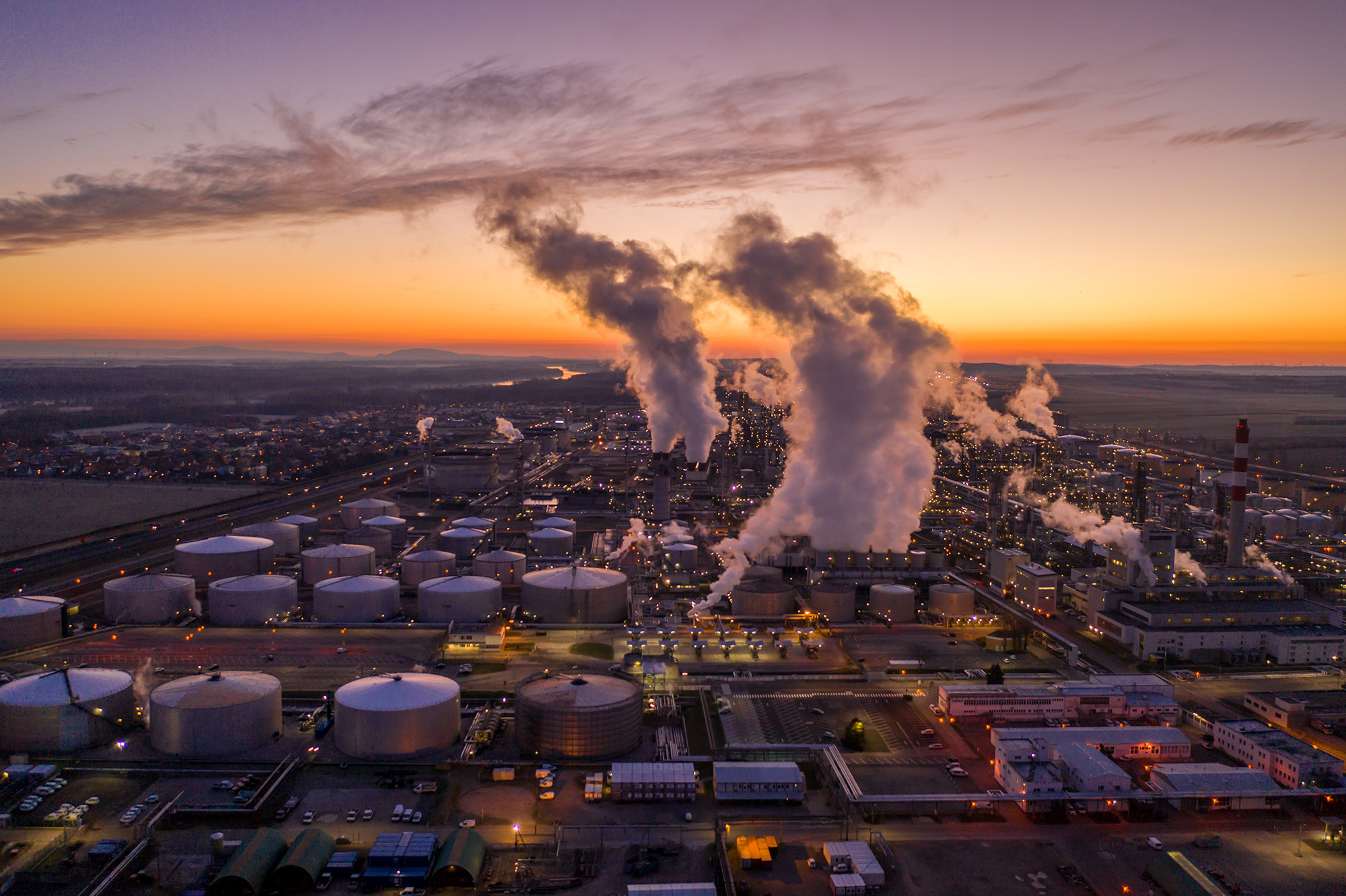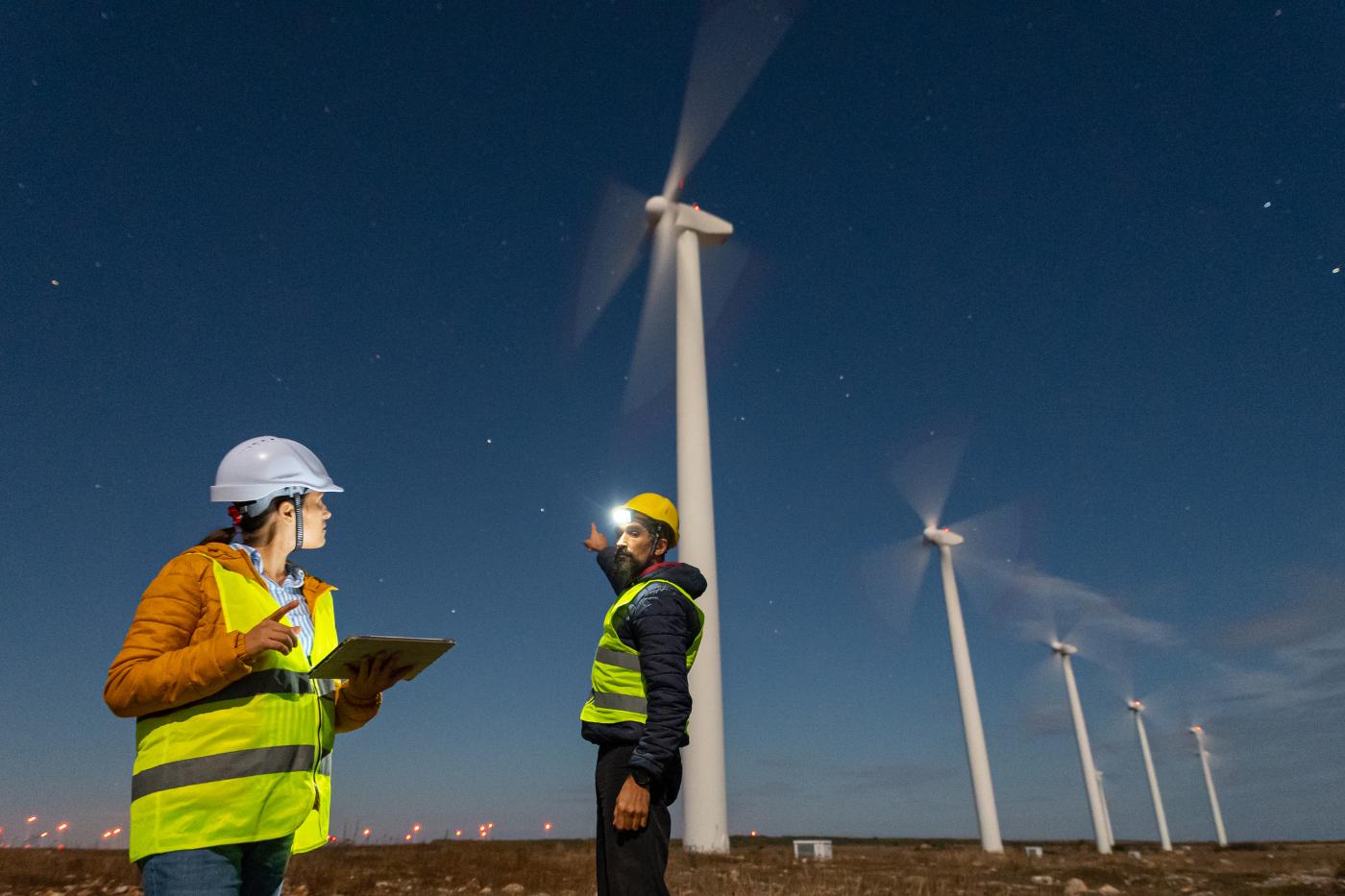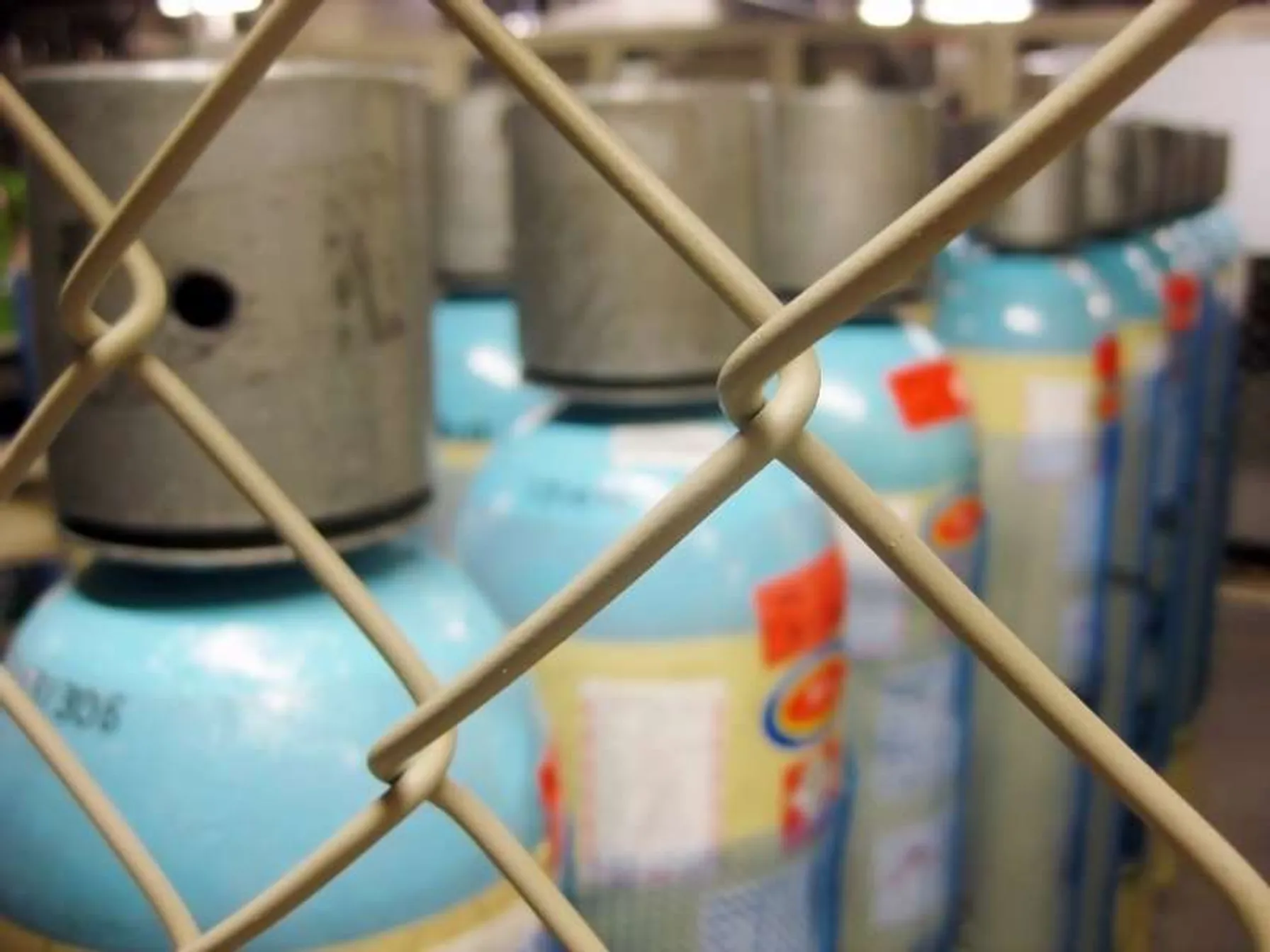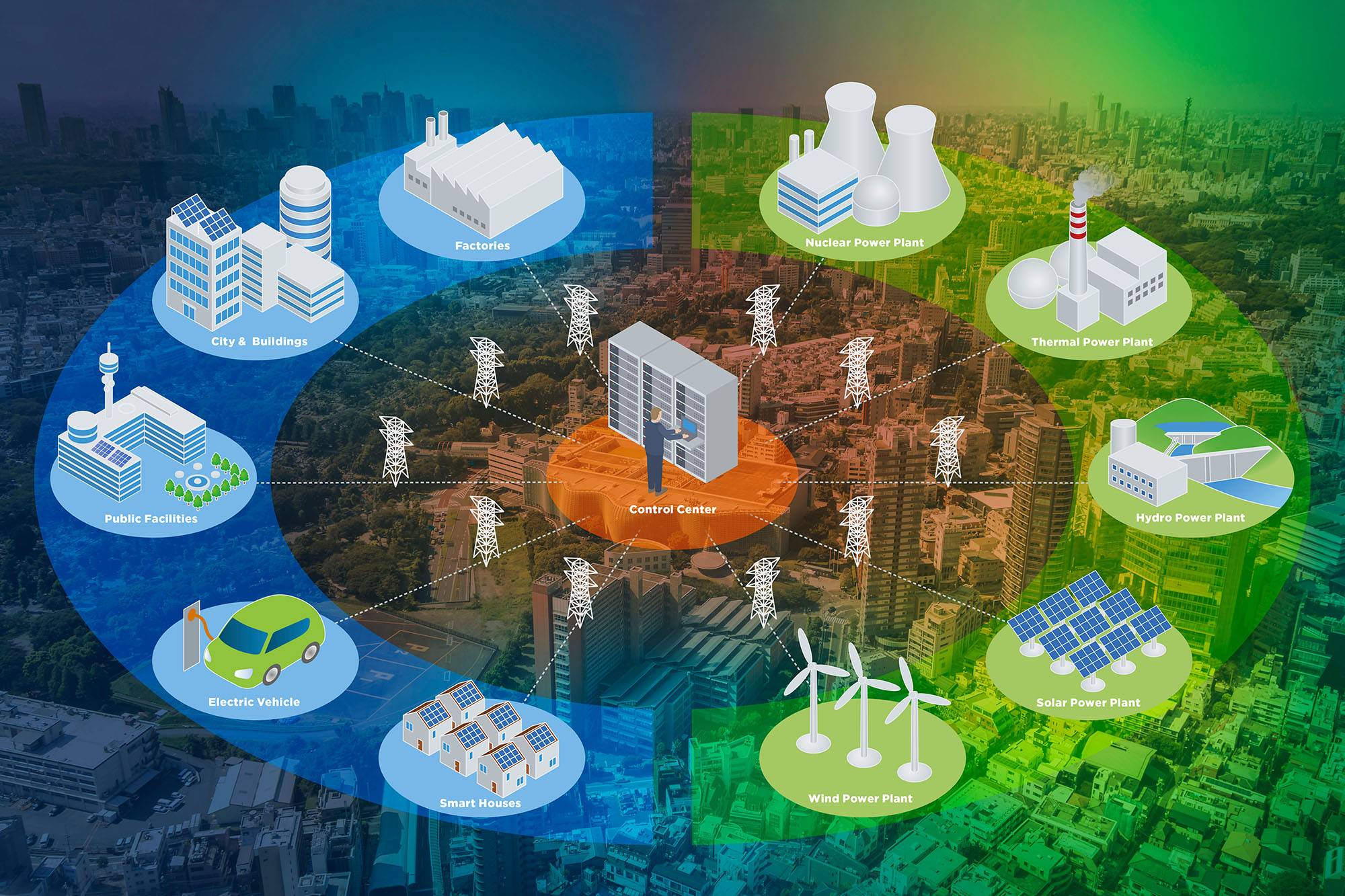Detailed Changes in New Jersey and Other States Offer Guidance for Successful Adaptation
Using a design storm rainfall is one of the primary ways runoff from storm events is managed in planning regulations and modeled in stormwater management design. In order to properly utilize the design storm, both rainfall amount and distribution in space and time are used to determine a design flood or design peak discharge[1] . The storm return frequency, which is also known as the exceedance probability of a design storm, is based on historical storm data for a defined area; these typically range from a 1-year to a 1000-year period[2]. Hydrologists, engineers, researchers and regulators are finding more and more that the rainfall depths associated with each of the return frequencies are routinely being surpassed. This means that the 100-year storm can occur more often than every 100 years, exceeding the expected 1% chance of a 100-year storm occurring in a given year.
A main goal of stormwater designers and regulators is to protect the health, safety and welfare of citizens and property. If infrastructure is under-designed, this goal often cannot be fully met. As a result, planning for resiliency is also being emphasized as an important consideration. One method for addressing the storm frequency issue that is gaining support at the regulatory level is revising the rainfall depths calculated for each of the return periods considering recent observed storm events and developing rainfall trends. Justifications for this method are based in recent rainfall data sets and field observations of infrastructure. Changes to regulations with this approach will affect predicted peak discharges and flood elevations, thereby affecting stormwater management and infrastructure design.
Related Services

Basis for Updating Design Storm Rainfall Depth Regulations
The motivations for updating parameters in stormwater regulations vary amongst agencies, states and municipalities. Regulators across many jurisdictions are proposing revisions based on:
- Storm events that have recently occurred in and around their jurisdiction,
- Anticipated impacts of climate change on storms events informed by climate modeling, or
- A blend of both recent and anticipated storm events.
Howard County, Maryland, for example, updated their Stormwater Design Manual in response to two high-intensity, flash rain events that flooded Ellicott City in both July of 2016 and May of 2018. A 3.55-hour, 6.6-inch storm event modeled after these two recently occurred storms was added to certain Howard County watersheds for quantity management[3]. Some counties in California, including San Mateo County near San Francisco, are making changes centered on projections of climate models considering multiple representative concentration pathways (RCPs) for anticipated global temperature changes (i.e., RCP4.5 as a moderate greenhouse gas emissions scenario and RCP8.5 as a high greenhouse gas emissions scenario). In its 2020 technical memorandum titled Climate Adaptation Risk Analysis for the San Mateo Countywide Sustainable Streets Master Plan, the methodology presented leads to an increase in stormwater runoff ranging from 15% for the 2-year storm to 50% for 100-year storm[4].
New Jersey as a Regulatory Case Study
New Jersey has been compelled by both damage from recent high-intensity storm events and by climate research to propose state-wide changes to design storm rainfall depths. The latest update proposed by the New Jersey Department of the Environmental Protection (NJDEP) draws inspiration from 2021 tropical storm Ida as well as from current climate science to generate county specific rainfall adjustment factors. These adjustment factors will update the National Oceanic and Atmospheric Administration’s (NOAA) Atlas 14 Point Precipitation Frequency Estimates currently used. NOAA Atlas 14 data, which is employed by many municipalities and agencies nationwide, is considered to be outdated and obsolete by the NJDEP and is also viewed as unable to appropriately inform New Jersey stormwater design to protect the public from flooding hazards[5]. While New Jersey’s newly proposed rule is specific to the geography of the state, it is illustrative to review how these factors were developed and what analyses were involved.
The NJDEP update builds on a Cornell University study of New Jersey rainfall[6]. The report found that increases in extreme precipitation were observed at over 75 percent of the weather stations in New Jersey over the period from 1999 to 2019. The study was tied to the locations of 55 weather stations; however, the state was interested in generating adjustment factors by county to make the changes more practical. In order for the NJDEP to determine increased rainfall values they utilized Thiessen polygons to delineate the area surrounding each weather station, similar to how infiltration test results for infiltration stormwater management practices can be applied to a certain area based on soil characteristics. These delineated areas were used to develop rainfall adjustment factors for each of the 21 counties is New Jersey.
Two sets of adjustment factors were developed, both intended to be applied to the NOAA Atlas 14 data. One set is for current precipitation and the other set is for future precipitation. The rule proposed that, “both current and projected precipitation totals be utilized for each of the two-, 10- and 100-year for both the pre- and post-construction conditions.” The table below summarizes how the proposed adjustment factors affect the rainfall in the five most populous New Jersey counties; reported rainfalls are in inches.
Current and Future Precipitation Adjustment Factors
Developed for New Jersey’s Five Largest Counties by Population
Seeing the adjustment factors applied to a rainfall depth helps to demonstrate how different the updated values can be, particularly for the future precipitation adjustments.
| County (County Seat) |
NOAA Atlas 14 (100-year, 24-hour) |
Current Precipitation Adjustment Factor | NOAA Atlas 14 (Current Precipitation Adjusted) |
Future Precipitation Adjustment Factor | NOAA Atlas 14 (Future Precipitation Adjusted) |
|
Bergen (Hackensack) |
8.25 | 1.06 | 8.75 | 1.37 | 11.30 |
| Middlesex
(New Brunswick) |
8.55 | 1.03 | 8.81 | 1.33 | 11.33 |
| Essex
(Newark) |
8.41 | 1.06 | 8.91 | 1.33 | 11.19 |
| Hudson
(Jersey City) |
8.75 | 1.09 | 9.54 | 1.23 | 10.76 |
| Monmouth
(Freehold) |
8.58 | 1.02 | 8.75 | 1.26 | 10.81 |

Next Steps: TRC Can Help
Municipalities, agencies, and designers that are currently using NOAA Atlas 14 data or, in some cases, even older rainfall data, can refer to these rainfall updates happening nationally to initiate conversations about how each jurisdiction can adapt to the observed changes in rainfall for the benefit of its citizens and investments in infrastructure. TRC is closely tracking regulator updates around rainfall precipitation values and revisions to stormwater management rules and guidance documents. TRC offers stormwater design services that can assist with adjusting to developing regulations and with planning the future. Contact our experts to learn more.
Related Materials
Adapt to
Change
Partner With TRC’s Tested Practitioners

